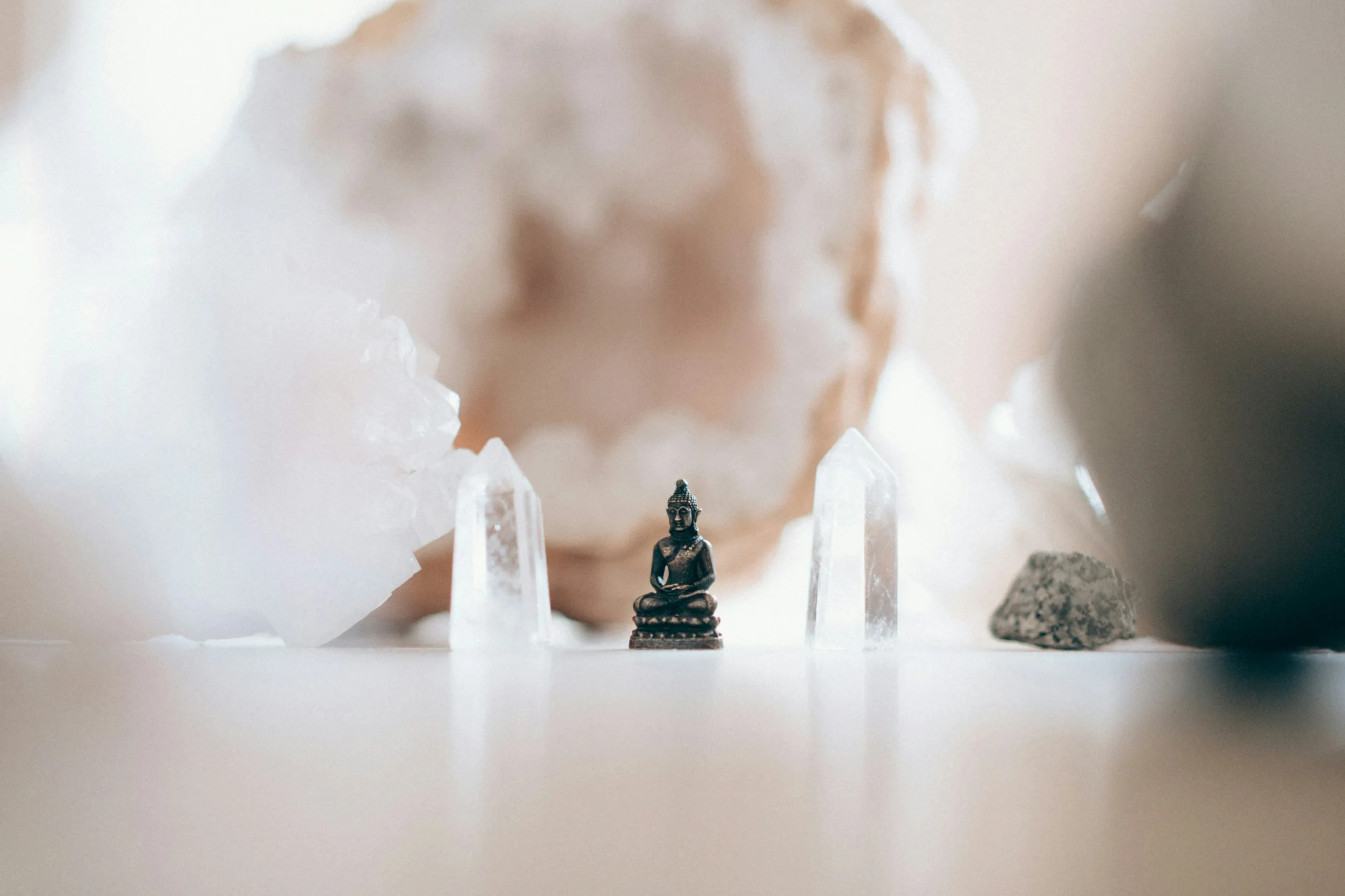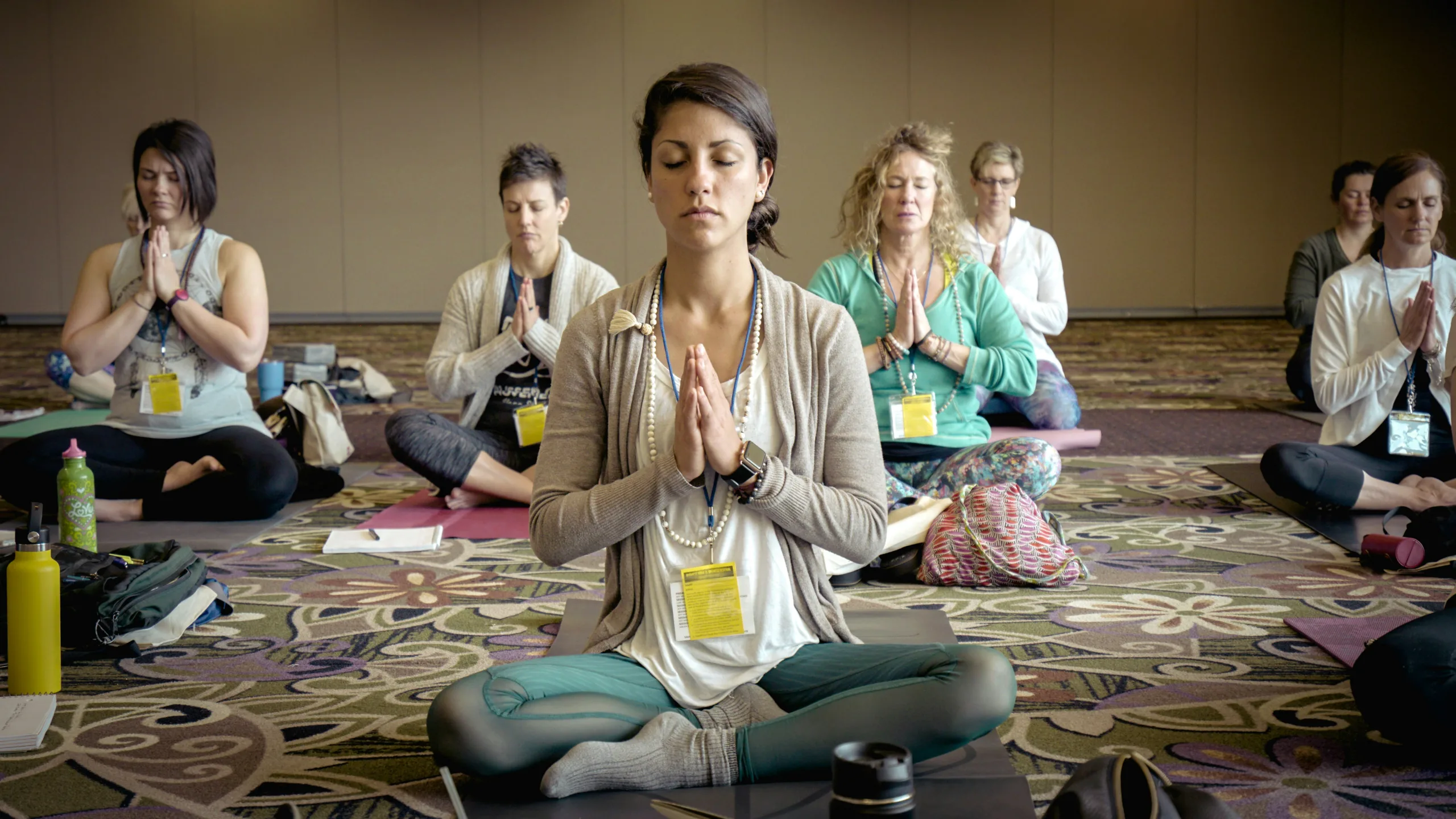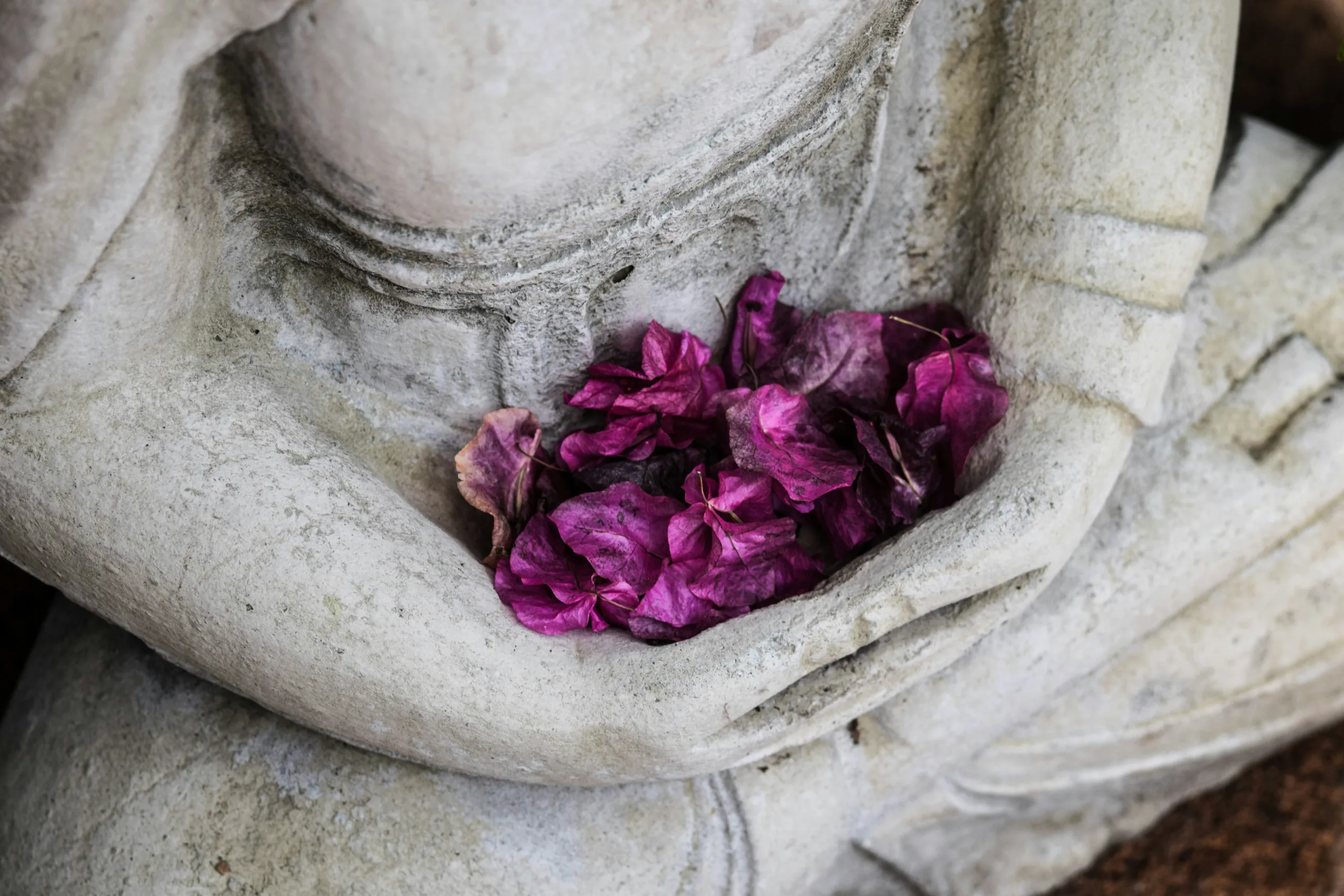Imagine stepping into a whole new world where your worries melt away, your mind finds peace, and your senses are heightened. This is the essence of Virtual Reality Meditation Experience Design. In this article, we will explore the fascinating world of using virtual reality technology to enhance the practice of meditation. Discover how this innovative approach can transport you to serene environments, guide you through soothing meditative exercises, and help you achieve a deeper level of relaxation and mindfulness. Get ready to embark on a journey to a whole new level of meditation, where the possibilities are endless and serenity awaits.
Virtual Reality Meditation Experience Design
Introduction to Virtual Reality Meditation
Virtual reality (VR) technology has revolutionized the way we experience various activities, including meditation. By blending the immersive capabilities of VR with the practice of meditation, individuals can achieve a deeper sense of relaxation, focus, and introspection. Virtual Reality Meditation allows you to transcend physical limitations and explore a world of inner peace and tranquility.
Understanding Virtual Reality Technology
To fully appreciate the potential of Virtual Reality Meditation, it is essential to have a basic understanding of the technology behind it. Virtual reality involves the use of specialized headsets and motion-tracking devices that transport you to simulated environments. These headsets create a three-dimensional space that exists only in the digital realm, enabling a sense of presence and heightened sensory engagement.

Benefits of Virtual Reality Meditation
The combination of virtual reality and meditation offers numerous benefits for both the mind and body. Research has shown that VR meditation can promote relaxation, reduce stress, and improve overall mental well-being. By creating a soothing environment within a virtual space, distractions of the external world are minimized, allowing for increased focus and a heightened sense of awareness during meditation sessions.
Design Considerations for Virtual Reality Meditation
Designing an effective virtual reality meditation experience requires careful consideration of various factors. Ensuring user comfort and safety, creating a relaxing environment, choosing appropriate virtual environments, implementing guided meditation practices, adding audio and visual stimuli, and integrating feedback mechanisms are all crucial elements to take into account.

Creating a Relaxing Environment
One of the core principles of virtual reality meditation design is creating a calming and serene environment. This involves selecting visually appealing scenes that promote tranquility and a sense of peace. Natural landscapes, such as lush forests, serene beaches, or gentle waterfalls, can evoke feelings of relaxation and facilitate a deeper meditative experience. The use of soft and soothing colors, gentle ambient lighting, and minimal visual distractions contribute to an atmosphere of serenity.
Choosing Suitable Virtual Environments
When designing a VR meditation experience, it is important to consider the specific preferences and needs of the users. Virtual reality technology offers a wide range of environments to choose from, including peaceful gardens, ancient temples, or celestial vistas. Providing a variety of options ensures that users can select an environment that resonates with their personal meditation goals and preferences, enhancing their overall experience.

Implementing Guided Meditation Practices
Guided meditation is a technique that involves auditory guidance to help users navigate their meditation sessions. In a virtual reality environment, this guidance can be delivered through recorded audio instructions or by incorporating virtual avatars capable of providing guidance and support. Implementing guided meditation practices allows users, especially beginners, to stay focused and experience a deeper sense of relaxation and peace.
Adding Audio and Visual Stimuli
Audio and visual stimuli play a significant role in virtual reality meditation by enhancing the immersive experience and helping users achieve a state of deep relaxation. The inclusion of soothing background music, nature sounds, or calming voices can create an ambience conducive to meditation. Visual stimuli, such as gentle animations or subtle movements within the virtual environment, can further engage the senses and cultivate a sense of calmness.

Integrating Feedback Mechanisms
To enhance the effectiveness of virtual reality meditation, it is important to integrate feedback mechanisms that provide users with information about their progress and engagement. These mechanisms can take the form of visual cues, such as progress bars or achievement indicators, or haptic feedback through vibrating controllers. By providing real-time feedback, users can gauge their concentration levels and adjust their meditation practice accordingly, leading to a more fulfilling experience.
Ensuring User Comfort and Safety
When designing virtual reality meditation experiences, prioritizing user comfort and safety is paramount. Ensuring that headsets fit properly and do not cause discomfort during extended meditation sessions is crucial. Designing user-friendly controls and interfaces that are intuitive to navigate further enhances the overall experience. Additionally, incorporating breaks or reminders for users to rest their eyes and stretch can help prevent any potential discomfort or fatigue.
In conclusion, virtual reality meditation has the potential to revolutionize the way we engage with the practice of meditation and unlock its numerous benefits. By focusing on design considerations such as creating a relaxing environment, choosing suitable virtual environments, implementing guided meditation practices, adding audio and visual stimuli, integrating feedback mechanisms, and ensuring user comfort and safety, VR meditation experiences can provide users with a truly transformative journey into inner peace and self-discovery. So, embrace the world of virtual reality meditation and embark on a path to inner harmony and well-being like never before.

